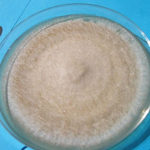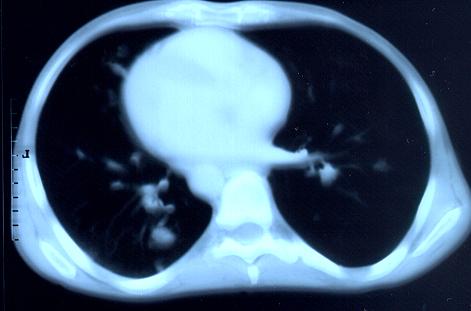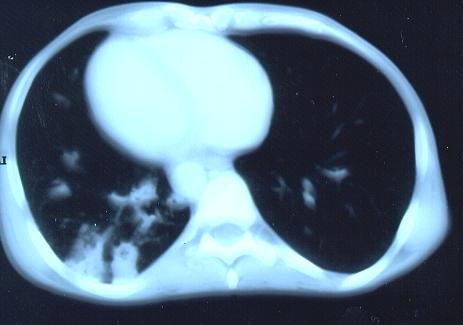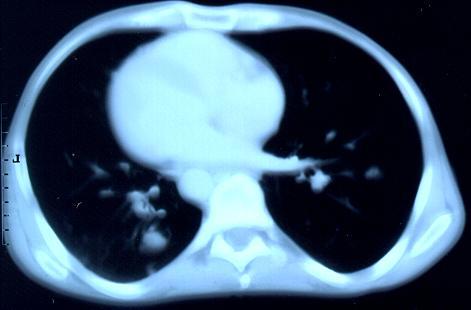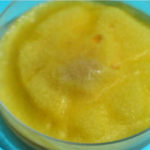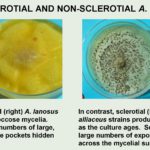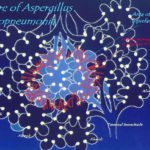Date: 26 November 2013
Transverse sections through the thorax of a patient with AIDS, hepatitis C and a left tempero-parietal cerebral lymphoma. His CD4 cell count was 45 x 106 / l. The lymphoma was proven by biopsy after a poor response to anti-toxoplasma therapy. He was given dexamethasone to cover the surgery and then developed diabetes mellitus. He did not receive chemotherapy for his lymphoma but did have 2 cerebral radiotherapy treatments (1.8 Gy each). Three weeks after the biopsy he developed dyspnoea and fever. Shortly after this he developed a right-sided hemiparesis, became comatose and died 2 days later.Autopsy showed a cerebral lymphoma and pulmonary and renal aspergillosis. Aspergillus nidulans was recovered from cultures of lungs and kidney.
Copyright:
Images submitted by Dr. Cornelia Lass-Floerl, University of Innsbruck – Institute of Hygiene; the case team includes: Dr. Mario Sarcletti, Dr. Alfons Stöger and Prof. Hans Maier all at the University of Innsbruck.
Notes: n/a
Images library
-
Title
Legend
-
Sclerotial strains produce bright yellow, floccose mycelia. Sclerotial strains produce small numbers of large, fused sclerotial bodies in discrete pockets hidden within the mycelium.
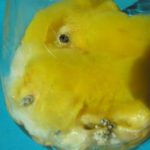
-
Aspergillus alliaceus. No branching was observed in A. alliaceus conidiophores. Sclerotial strains typically produce large numbers of exposed, uniformly-shaped sclerotia across the mycelial surface.

-
Aspergillus alliaceus – Sclerotial. A. alliaceus strains produce flat, pale mycelia that darken as the culture ages.Sclerotial strains typically produce large numbers of exposed, uniformly-shaped sclerotia across the mycelial surface.

-
A. alliaceus strains produce flat, pale mycelia that darken as the culture ages.Sclerotial strains typically produce large numbers of exposed, uniformly-shaped sclerotia across the mycelial surface.
